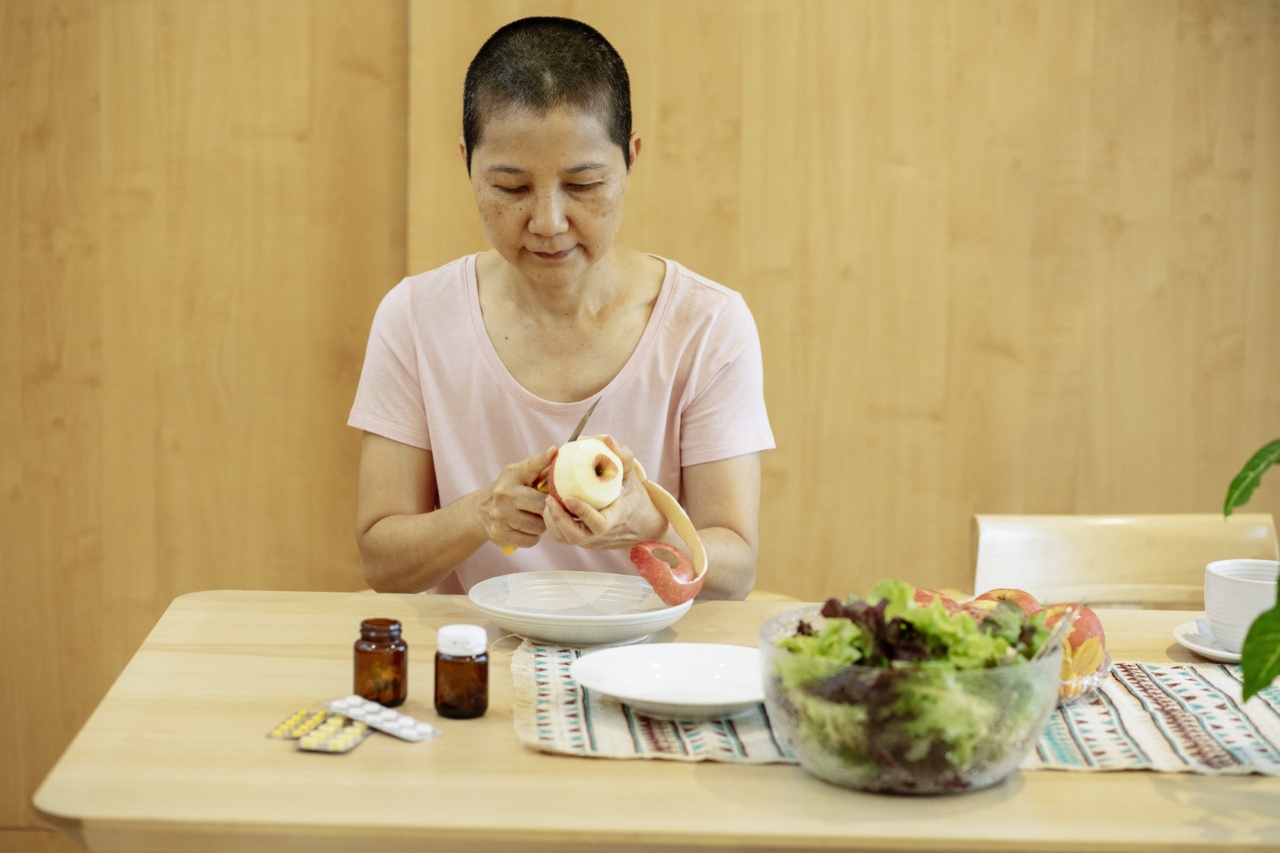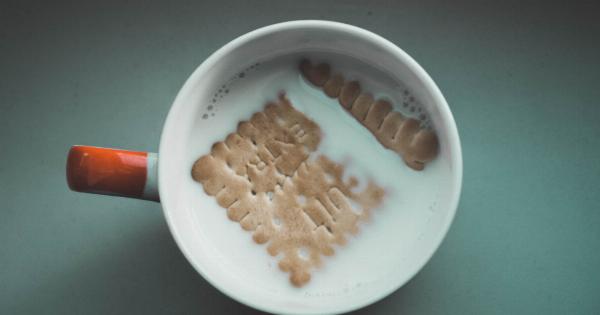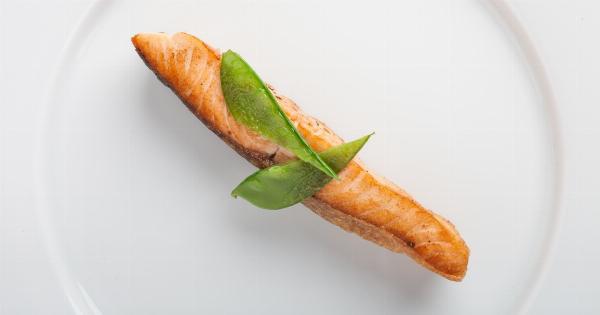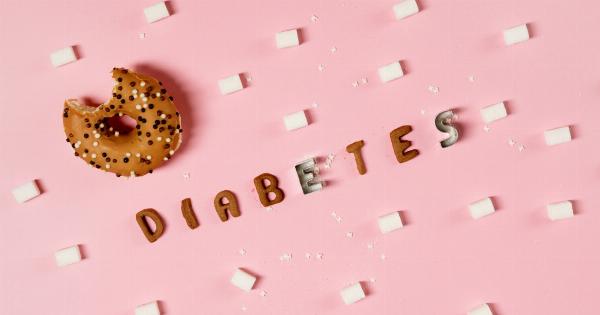Burned or charred food has become a common feature of modern diets due to various cooking techniques, including grilling, frying, and barbecuing.
Many people find the taste of charred food appealing, but there is growing concern about the potential health risks associated with consuming burned food. Research has indicated a strong link between the consumption of burned food and an increased risk of developing cancer.
In this article, we will explore the reasons behind this link, the harmful compounds formed during the cooking process, and the steps that can be taken to minimize the risk.
Understanding the Process of Food Charring
Charring of food occurs when high temperatures are applied, leading to the Maillard reaction and subsequent formation of potentially harmful compounds.
The Maillard reaction is a chemical reaction between amino acids and reducing sugars in food, resulting in the browning and flavor changes observed during cooking. Although the Maillard reaction is essential for creating desirable flavors, excessive charring can lead to the formation of carcinogenic compounds.
The Formation of Heterocyclic Amines (HCAs)
One of the main groups of carcinogenic compounds formed during the charring of food are heterocyclic amines (HCAs). HCAs are formed when amino acids, sugars, and creatine (naturally occurring compound in muscle tissue) react at high temperatures.
These compounds have been extensively studied and have been found to be highly mutagenic and carcinogenic in animal models. Several HCAs, such as PhIP (2-Amino-1-methyl-6-phenylimidazo[4,5-b]pyridine) and MeIQx (2-Amino-3,8-dimethylimidazo[4,5-f]quinoxaline), have been classified as potential human carcinogens by the International Agency for Research on Cancer (IARC).
Polycyclic Aromatic Hydrocarbons (PAHs) and Their Role in Cancer Development
In addition to HCAs, the charring of food also leads to the formation of polycyclic aromatic hydrocarbons (PAHs).
PAHs are a group of chemicals that are created when fat and juices from meat, poultry, or fish drip onto the open flame or hot surface, causing smoke and flames. The smoke then deposits PAHs onto the surface of the food. PAHs have been found to be carcinogenic in numerous studies and have been linked to various types of cancer, including lung, liver, and stomach cancer.
How Burned Food Increases Cancer Risk
The consumption of burned food can increase the risk of cancer due to the presence of HCAs and PAHs. HCAs have been shown to induce mutations in DNA, disrupt normal cellular processes, and promote the growth of cancer cells.
PAHs, on the other hand, can bind to DNA and form DNA adducts, which can cause genetic mutations and initiate cancer development. Additionally, both HCAs and PAHs have been shown to have carcinogenic effects on different organs and tissues in animal studies. Over time, regular consumption of burned food can significantly increase the risk of developing various types of cancer.
Minimizing the Risk
While it is nearly impossible to completely eliminate the formation of HCAs and PAHs when cooking, there are several measures that can be taken to minimize the risk:.
1. Use marinades:
Marinating meat before cooking has been shown to reduce the formation of HCAs.
Certain marinades, such as those containing lemon juice, vinegar, or olive oil, can act as a protective barrier and reduce the contact between the meat surface and the flames or hot surface.
2. Precook meat:
Partially precooking meat in the oven or microwave before grilling can help reduce the cooking time on high heat, thus decreasing the formation of HCAs and PAHs.
3. Trim excess fat:
Trimming excess fat from meat can help reduce the drippings that can lead to the formation of PAHs. Removing visible fat can also help reduce the risk of flare-ups and charring.
4. Avoid direct contact with flames:
Try to avoid direct contact between the food and open flames or hot surfaces as much as possible. This can be achieved by using indirect grilling methods or using a grill mat.
5. Flip frequently:
Regularly flipping the food while grilling can help prevent excessive charring and reduce the formation of HCAs and PAHs. This method ensures a more uniform cooking process and minimizes the exposure of the food to high heat for extended periods.
6. Opt for leaner cuts of meat:
Lean cuts of meat produce fewer drippings and therefore lower levels of PAHs. Choosing leaner cuts of meat, such as skinless poultry and fish, can help reduce the risk of PAH formation.
7. Clean the grill:
Regularly cleaning the grill grates can help prevent the accumulation of charred residue, which can contain harmful compounds. Additionally, preheating the grill before cooking can help burn off any residue from previous cookouts.
The Importance of Moderation
While it is crucial to take measures to minimize the risk of consuming burned food, it is equally important to approach the issue with moderation.
Occasional consumption of charred food is unlikely to significantly increase the risk of developing cancer. It is the long-term exposure to charred food and the cumulative effect of harmful compounds that pose a greater concern. By following the mentioned steps and enjoying charred food in moderation, the potential cancer risk can be minimized.




























